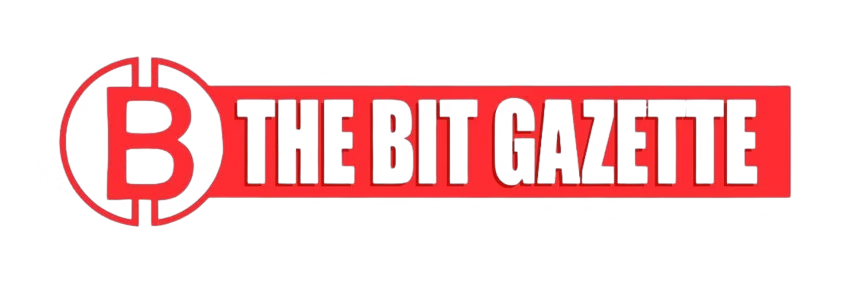Ripple has taken a decisive step into Japan’s financial landscape by signing a memorandum of understanding (MOU) with SBI VC Trade. The Ripple Japan partnership allows the licensed exchange to distribute Ripple’s dollar-backed stablecoin, RLUSD, in compliance with Japan’s Payment Services Act.
This framework, introduced in 2023, remains one of the most comprehensive approaches to stablecoin oversight worldwide. By launching RLUSD under these rules, Ripple and SBI VC Trade are showcasing how regulatory clarity can accelerate innovation.
“Japan has established itself as a model for responsible digital asset regulation, and the Ripple Japan partnership is a natural outcome of that leadership,” said Jack McDonald, Senior Vice President of Ripple Stablecoin.
Japan’s first mover advantage
SBI VC Trade was the first firm in the country to secure an Electronic Payment Instruments Exchange Service Provider License. Two years later, the Ripple Japan partnership is allowing it to leverage that license to roll out RLUSD and explore additional stablecoins.
The timing is significant. Global stablecoin circulation is already valued at roughly $300 billion and is projected to surpass $1 trillion within the decade. Japan’s decision to give licensed entities the green light could help it capture a share of this expanding market.
Tomohiko Kondo, CEO of SBI VC Trade, emphasized the importance of this moment.
“As the first licensed provider, we are proud to bring RLUSD to Japanese users. This launch expands choice while strengthening reliability and usability. Together with Ripple, we are building a transparent financial infrastructure for the future.”
Why RLUSD matters
Ripple describes RLUSD as a stablecoin designed with institutions in mind. It is backed by U.S. dollar deposits, short-term Treasury bonds, and cash-like assets, with an independent firm carrying out monthly attestations to ensure transparency.
In practice, the Ripple Japan partnership is more than just a product launch. It represents a test case for how well-regulated stablecoins can gain acceptance among investors, banks, and regulators. By prioritizing oversight and asset backing, Ripple aims to avoid the pitfalls that have plagued less transparent projects.
“RLUSD is about creating a dependable bridge between traditional finance and decentralized markets,” McDonald added. “The Ripple Japan partnership underscores our belief that compliance and innovation can move forward together.”
Broader implications for global markets
Observers say the Ripple Japan partnership may influence policy beyond Japan. Countries weighing how to regulate stablecoins are likely to examine Japan’s model, which places trust in licensed exchanges rather than outright restrictions.
This could prove critical as institutional investors increasingly demand stable instruments for cross-border payments and decentralized finance. Japan, with its reputation for regulatory discipline, may become a proving ground for whether strict oversight actually drives adoption.
For Ripple, the partnership strengthens its foothold in Asia at a time when the company is seeking broader global relevance amid regulatory scrutiny elsewhere. For Japan, it reinforces ambitions of becoming a hub for financial technology while balancing innovation with safeguards.
The Ripple Japan partnership, therefore, is not just about rolling out a new stablecoin. It is a signal that the next phase of digital finance will depend on collaboration between regulators, exchanges, and blockchain firms willing to operate under transparent rules.











